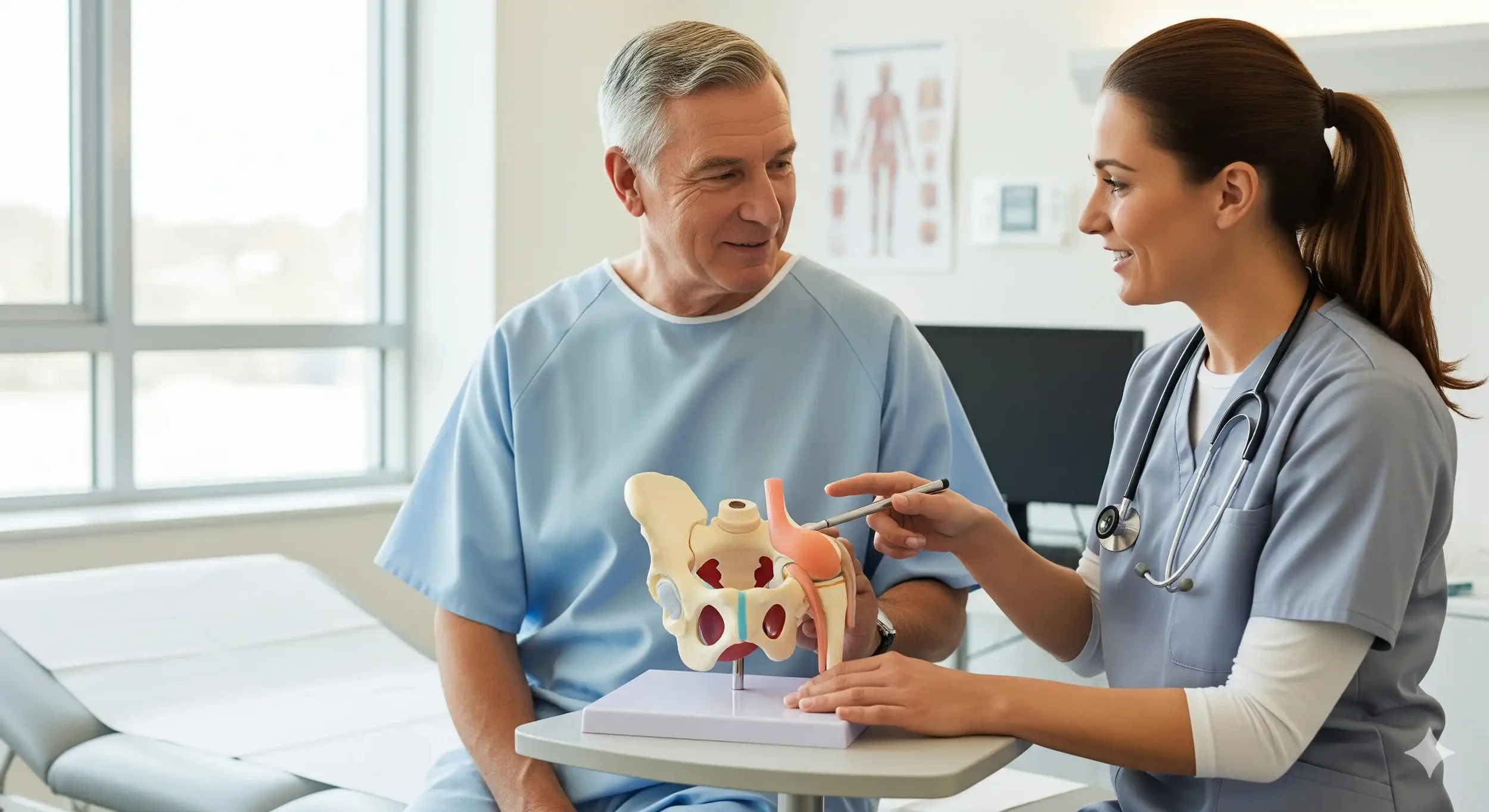Post-Hip Surgery: The Top Exercises & Gym Equipment for Recovery and Improving Quality of Life
Undergoing hip surgery can be a life-changing experience.. While the road to recovery might seem daunting, it’s important to know that with the right exercises and gym equipment you can regain strength, mobility, and confidence. The key to success lies in a balanced rehabilitation approach that combines expert guidance, tailored exercises, and the use of appropriate equipment. In this post, we’ll explore the best exercises and gym equipment to aid in the recovery process post-hip surgery, ultimately improving quality of life.
Why Exercise Matters Post-Hip Surgery
After hip surgery, the primary goals are to reduce pain, restore joint mobility, and regain strength and independence. Physical therapy and exercise play a critical role in this process. The muscles surrounding the hip joint—such as the glutes, quadriceps, and hamstrings—need to be strengthened to prevent future injury and to promote balance. Additionally, exercises that focus on flexibility and joint range of motion are key to preventing stiffness and improving overall functionality.
While it’s important to work closely with a Physio to determine a personalised rehabilitation plan, here are some general recommendations for exercises and gym equipment that can support recovery
Top Exercises for Post-Hip Surgery Recovery
Quad Sets
Why it’s important: This simple exercise helps to activate and strengthen the quadriceps muscles, which are essential for walking and overall stability.
How to do it: While lying flat on your back with your legs extended, tighten the muscle on the top of your thigh and push your knee downward toward the floor. Hold for 5 seconds and repeat.
Heel Slides
Why it’s important: Heel slides improve flexibility in the hip joint and engage the core muscles, which are essential for balance and posture.
How to do it: Lying flat on your back, slowly slide one heel toward your buttock while keeping your foot flat on the ground. Slowly slide your heel back to the starting position. Repeat this motion on both legs.
Standing Leg Lifts
Why it’s important: This exercise strengthens the hip abductors and core muscles, which help with walking and balance.
How to do it: Stand with your feet shoulder-width apart. Slowly raise one leg out to the side while keeping your knee straight. Hold for 5 seconds before lowering the leg back down. Repeat on both sides.
Bridges
Why it’s important: Bridges target the glute muscles, hamstrings, and lower back, promoting better posture and overall hip stability.
How to do it: Lie on your back with knees bent and feet flat on the floor. Press through your heels to lift your hips off the ground until your body forms a straight line from your knees to shoulders. Lower your hips back down and repeat.
Mini Squats
Why it’s important: Squats improve strength in the lower body, particularly in the quadriceps, which are essential for standing and walking.
How to do it: Stand with feet shoulder-width apart. Slowly bend your knees and lower your body as if you’re sitting in a chair, but only go down a few inches at first. Keep your weight in your heels and make sure your knees don’t extend beyond your toes.
Gym Equipment for Post-Hip Surgery Recovery
While exercises like the ones mentioned above are essential for recovery, having the right equipment can enhance the effectiveness of these movements and make them safer and more comfortable. Here are some of the best gym equipment options for elderly recovery post-hip surgery:
Resistance Bands
Resistance bands are one of the most versatile and low-impact tools for strengthening muscles post-surgery. They’re especially great for improving mobility and adding resistance to movements such as leg lifts and squats.
Tip: Use lighter resistance bands initially and progress to heavier bands as strength increases.
Recumbent Exercise Bike
Low-impact cardio exercises like cycling on a recumbent bike help improve joint flexibility and endurance without putting too much stress on the hip joint.
Tip: Start with short sessions of 5-10 minutes and gradually increase the duration as comfort allows.
Balance Trainer
Post-hip surgery recovery often includes restoring balance. Balance trainers, such as inflatable balance discs or wobble boards, are designed to help improve stability and strengthen the core muscles that play a crucial role in preventing falls.
Tip: Start with a stable surface and progress to more challenging exercises on the balance trainer as strength and confidence improve.
4. Adjustable Weight Machines
Weight machines allow for controlled movement, reducing the risk of strain while still providing a solid workout. Machines like leg presses and seated row machines are fantastic for building strength in the legs and core, which are key for rehabilitation.
Tip: Work with a trainer to ensure proper form and start with light weights, gradually increasing resistance as strength builds.
5. Elliptical Machine
Elliptical machines offer a great low-impact cardiovascular workout that helps improve joint mobility and stamina. The smooth, fluid motion is easy on the hips, making it ideal for post-surgery recovery.
Tip: Start with shorter sessions at a lower resistance to prevent overexertion and gradually increase intensity over time.
Kinta: A Resource for High-Quality Gym Equipment
When it comes to acquiring gym equipment designed specifically for rehabilitation, finding trusted brands and suppliers is essential. One such resource is Kinta, which offers a wide range of products that cater to post-surgery rehabilitation and fitness needs
Conclusion: A Holistic Approach to Recovery
Recovery after hip surgery is a journey, and the right exercises and equipment can play a vital role in the process. By focusing on strengthening muscles, improving joint mobility, and enhancing balance, you can regain independence and lead healthier, more active lives. With patience, consistency, and a commitment to using the best equipment, recovery can be a rewarding and transformative experience.



